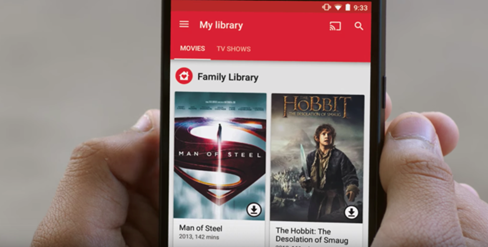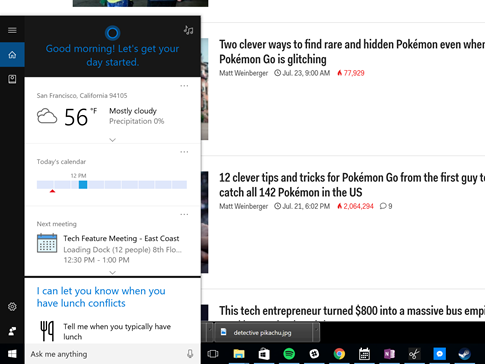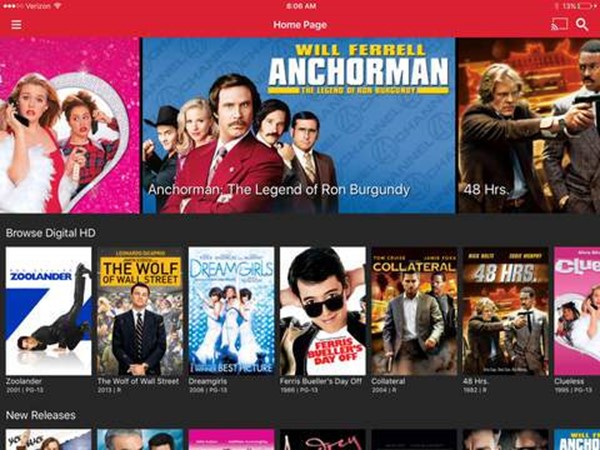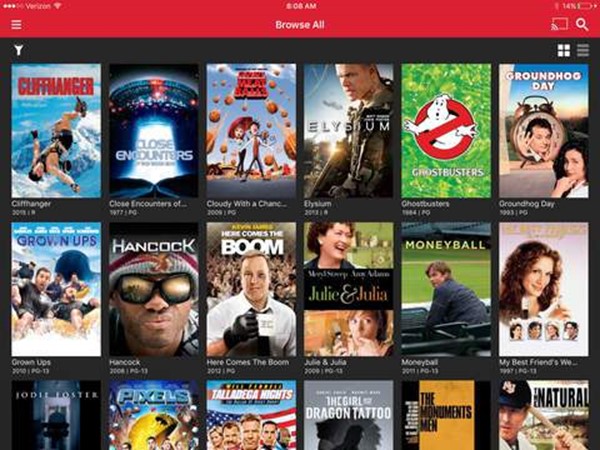Google officially announced this morning the launch of “Family Library” – a program that allows up to six family members to share their purchases from Google Play across devices. This includes the ability to share movies, TV shows, books, apps and games across Android phones and tablets, and, in some cases, across the web, iOS, and other connected TV platforms like Roku, Android TV, Smart TVs and more.
Music, meanwhile, can be streamed by up to 6 family members via Google Play Music’s family plan.
Family Library’s pending launch had been rumored for months, and was prematurely reported as having gone live earlier in July.
However, Google is only today kicking off the official rollout, we’re told.
Over the next few days, the service will become available in Australia, Brazil, Canada, France, Germany, Ireland, Italy, Japan, Mexico, New Zealand, the U.K., and the U.S.
Alongside the launch, Google is also expanding access to its Google Play Music family plan, which lets up to six family members stream songs for $14.99 per month. Previously available in the U.S., U.K., Australia, France, Germany, Brazil, Canada, and Japan, the service is now launching in Ireland, Italy, Mexico, and New Zealand. Customers can also now sign up on the web or via their Android device.

To get started with Family Library, users will access a new setting in the Play Store where they will configure one person as the “Family Manager” and add the other members. The Family Manager will be an adult in the family who’s responsible for adding and removing members, and they’ll also enter in the payment information where family purchases will be charged.
By default, members’ purchases will be shared with everyone, but there’s the option to selectively share items, too. That can be useful for those times when no one wants to be bothered with dad’s collection of war movies, perhaps, or mom’s cheesy rom-coms. And even if you’re sharing everything, you can still click on individual items and choose not to share them with the group.
Family Library also respects the Parental Control settings you’ve configured on children’s devices, so they won’t immediately have access to your R-rated films, for example.
Similar to Apple’s Family Sharing service, parents can approve purchases requested by younger family members. However, this is a bit awkward at launch. After the request is made, the parent will have to type in their password on the kids’ device. This process should be improved over time, however.
What makes Google’s Family Library different from Apple’s service is that Google Play is available beyond Google’s own platform. In addition to being available across Android, movies, TV shows and books are available through Google’s apps on the web and on iOS. And you can watch movies and TV shows anywhere the Google Play Movies & TV app runs, like Roku and smart TVs.
“Play by its nature is available across more places, and we really think that’s important for user choice and flexibility,” says Eunice Kim, Senior Product Lead for Google’s families initiatives at Google Play
Plus, she adds, Family Library has flexible payment options. While there is a credit card that will be shared as the family payment method, members will always be able to buy items with their own payment methods, including gift cards and Google Wallet, too.
Via: techcrunch


